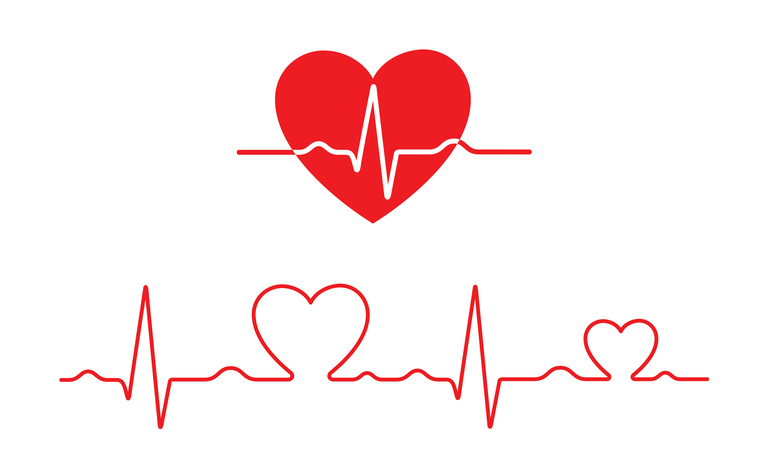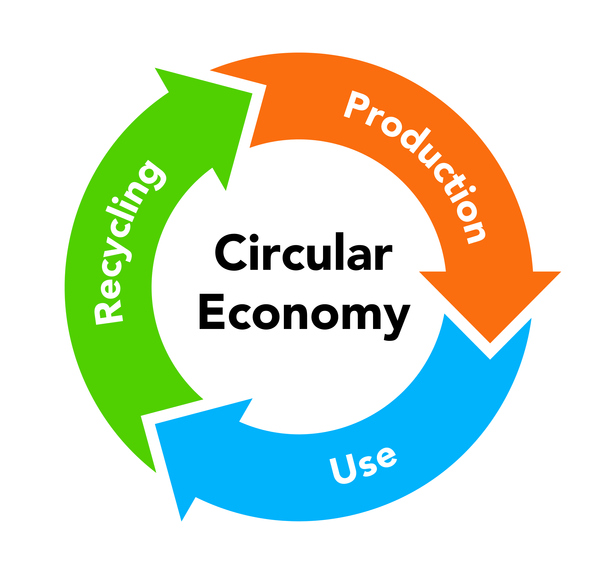
Health Systems’ Escalating Demands for Supply Chain Resilience Have Become Counterproductive
Our industry must guard against the weaponization of supply chain resilience in healthcare purchasing.

Our industry must guard against the weaponization of supply chain resilience in healthcare purchasing.

Within a matter of months, we’re likely to see substantial growth in the number of EP ablation procedures performed in surgery centers outside the hospital. Here’s what we can expect.

Hospitals would be much better served by focusing on reuse and reprocessing programs. So why isn't that happening and what can be done about it?

FDA’s regulation of single-use device reprocessing effectively made the U.S. the leader in EP sustainability efforts early on. However, very little has been done to build on this early leadership.

Hospitals and hospital systems need to make clearer and more consistent demands for climate accountability from their suppliers, and they need to follow through with preferred green vendor programs and the like.

Right now, manufacturers are thriving. Hospitals are failing. And patients are suffering. We must stop this trend in its tracks by becoming better stewards of hospital resources and supply chains.

Designing devices for re-use remains a more resilient solution for supply disruption in healthcare devices. But until manufacturers consistently pursue this strategy, single-use device reprocessing can provide the benefits associated with a circular economy solution.

Although some short-term problems—like a lack of ICU beds to treat Covid-19 patients—have abated, deeper issues have emerged that represent long-term challenges for U.S. health systems.

President Joe Biden's July executive order supported the repair and reuse of many different products but excluded that for healthcare products. It is disappointing that the President’s order ignores established healthcare re-use practices that pose no elevated patient risk and follow manufacturer standards.

In healthcare, the linear (take-make-dispose) approach to consumption is even more pronounced than in American culture in general. It's time for change.

The Heart Rhythm Society's annual meeting is dominated by the presence of electrophysiologists and is a key event that brings the great clinical minds of our generation together to share real-world practices and success.